Few phone companies produce mid-range models as well as Google these days. Its Pixel A-series phones are direct successors of the company’s flagships, and they share so much DNA that they seem like flagships in their own right at times. That’s never been more true than with the Pixel 7a, which has the same processor as the flagships it replaces but adds the same display technology and wireless charging to complete the illusion that this is a Pixel 7 in all but name.
A minor price increase isn’t enough to detract from the value on offer here – it’s still within the confines of last year’s inflation – and the Pixel 7a does enough to put every other mid-range phone on notice.
Design & build
- Relatively compact by modern standards
- Metal frame with glass & plastic body
- IP67 rating
At first appearance, the Pixel 7a resembles the Pixel 7 and 7 Pro – and this is not by chance.
![]()
There are, however, distinctions. Because of the smaller screen, the phone is slightly more compact than even the normal Pixel 7. This isn’t as little as the Asus Zenfone 9 or the iPhone 13 Mini, but it’s around the same size as last year’s 6a and still smaller than most recent smartphones.
The 7a is somewhat thicker than the 7, one of the few visible indications to its pricing range, but this has the unintended consequence of making the camera bar protrude from the body less.
Despite being around the same size, the phone weighs 15g more than the 6a. At 193g, it’s still somewhat lighter than the Pixel 7, but it’s no longer a very light device.
![]()
At the very least, the weight provides some durability. Gorilla Glass protects the glass display, polycarbonate protects the back, and a metal frame protects the new design, which Google claims is stronger than ever. The phone has an IP67 rating, which means it is extremely dust and water resistant for the price.
Finally, it is available in a variety of vibrant colors. I’ve been trying the rather dull Charcoal, but it’s also available in Snow (white) and Sea (blue) from most retailers, with a Coral (red/orange) option available just through Google.
Screen & speakers
- ‘Small’ 6.1in OLED display
- 90Hz refresh rate
- Stereo speakers
The Pixel 7a’s display has finally caught up to the flagship Pixel 7, although it still trails behind the majority of the competition.
The 6.1in screen is very modest, but it is surrounded by a large black bezel – Google has never been particularly interested in borderless displays.
It’s an OLED display with the same 90Hz refresh rate as the Pixel 7 for the first time in the A-series. This results in better animations and greater possible frame rates during gaming, making the phone seem quicker overall.
The Pixel 7a’s display is finally a match for the flagship Pixel 7 – which means it’s still lagging behind the competition
The bad news is that practically every competing mid-range phone now includes a 120Hz display, frequently with OLED, so the 7a still seems a touch behind. The good news is that the practical difference between 90Hz and 120Hz is tiny, so there’s not much to be concerned about here. Google has completed the critical step, and a 90Hz display is now quick enough to no longer seem like an obvious weakness.
![]()
The screen looks fantastic as well, with vibrant colors and wide viewing angles. It isn’t the brightest around, so it may seem a bit limited outside in direct sunshine, but I don’t have anything to complain about.
Punchy dual speakers with good volume assistance. The music becomes a touch muddy, with less clarity and separation than I’d like, but for a phone, it’s adequate.
Specs & performance
- Google Tensor G2 chipset
- 8GB RAM and 128GB storage
- No physical dual-SIM
It’s become customary for Pixel A phones to reuse the processor seen in the previous generation’s flagships, and this is no exception. The 7a is powered by the Tensor G2, Google’s second-generation in-house technology, which is also present in the Pixel 7 phones and the recently announced Pixel Fold and Pixel Tablet.
With a concentration on machine learning, Google’s flagship phones’ Tensor CPUs sometimes seem a little underpowered, but the G2 is just right here, with comparable performance to mid-range rivals like the Samsung Galaxy A54.
Looking at the benchmark results, the phone is barely quicker than the 6a and significantly slower than the Pixel 7 despite sharing the same hardware. That might be due to incomplete optimisation, inadequate cooling, or even a deliberate effort to underclock the G2 in this phone, but know that you’re not receiving full flagship performance right now.
Still, the G2 is strong enough to make the Pixel 7a snappy no matter what you throw at it, although it may struggle if you crank up the graphics settings on some of the most demanding Android games out there.
Google has kept things simple by providing the 7a in just one configuration: 8GB of RAM and 128GB of storage. That, too, is not extendable, with Google apparently expecting you’ll choose for its Google One cloud storage alternatives instead.
![]()
In terms of networking, 5G (with mmWave), Bluetooth 5.3, and Wi-Fi 6E are all there, however the 7a, like other Pixel phones, does not accept two physical SIM cards. Instead, you can combine one physical SIM with a second eSIM, but this may not be a possibility depending on your carrier, so you may need to hunt elsewhere for a dual-SIM phone.
Biometrics have also received a nice boost. In addition to the dependable fingerprint sensor beneath the display, Google has now implemented Face Unlock capability for the A-series Pixel utilizing the single selfie camera. It’s simple, quick, and effective.
Camera & video
- Excellent 64Mp main camera
- Fantastic low-light performance
- 4K video from every camera
Google revamped the Pixel 7a’s camera from the ground up, using all-new sensors not seen in the 6a or the flagship 7.
The 64Mp primary camera is at the core of this, using the highest resolution and biggest sensor in a Pixel A-series phone to date.
![]()
The photos taken with this camera are just outstanding. In favorable light, almost any mid-range phone will shoot nicely, but the 7a is equally at home in tough backlit settings, gloomy restaurants, and nighttime streets with conflicting light sources.
The 64Mp main camera uses both the highest resolution and largest sensor in a Pixel A-series phone yet
The images are sharp and detailed, with rich but natural colors and a wide dynamic range. The only significant issues I had were occasional focus issues while shooting up close, which were exacerbated by the lack of a dedicated macro mode.

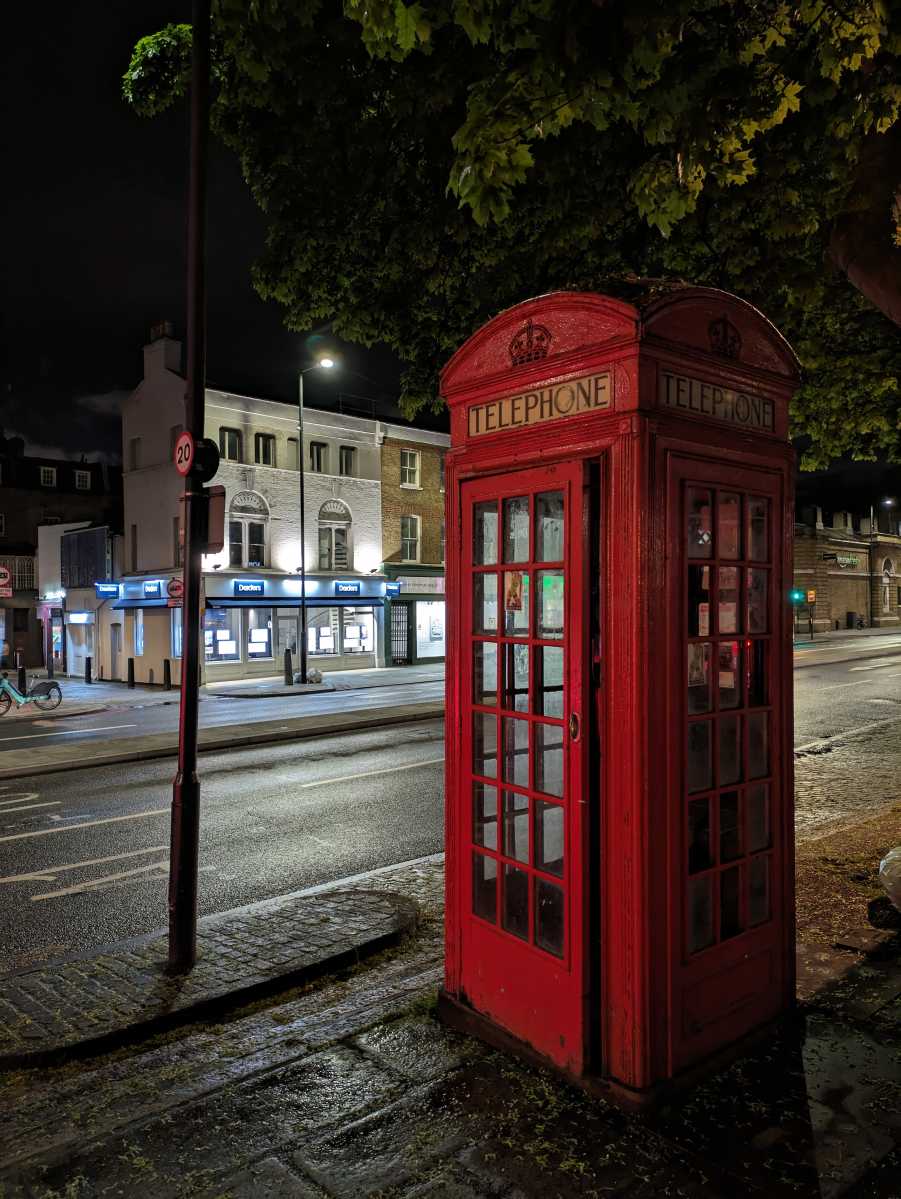



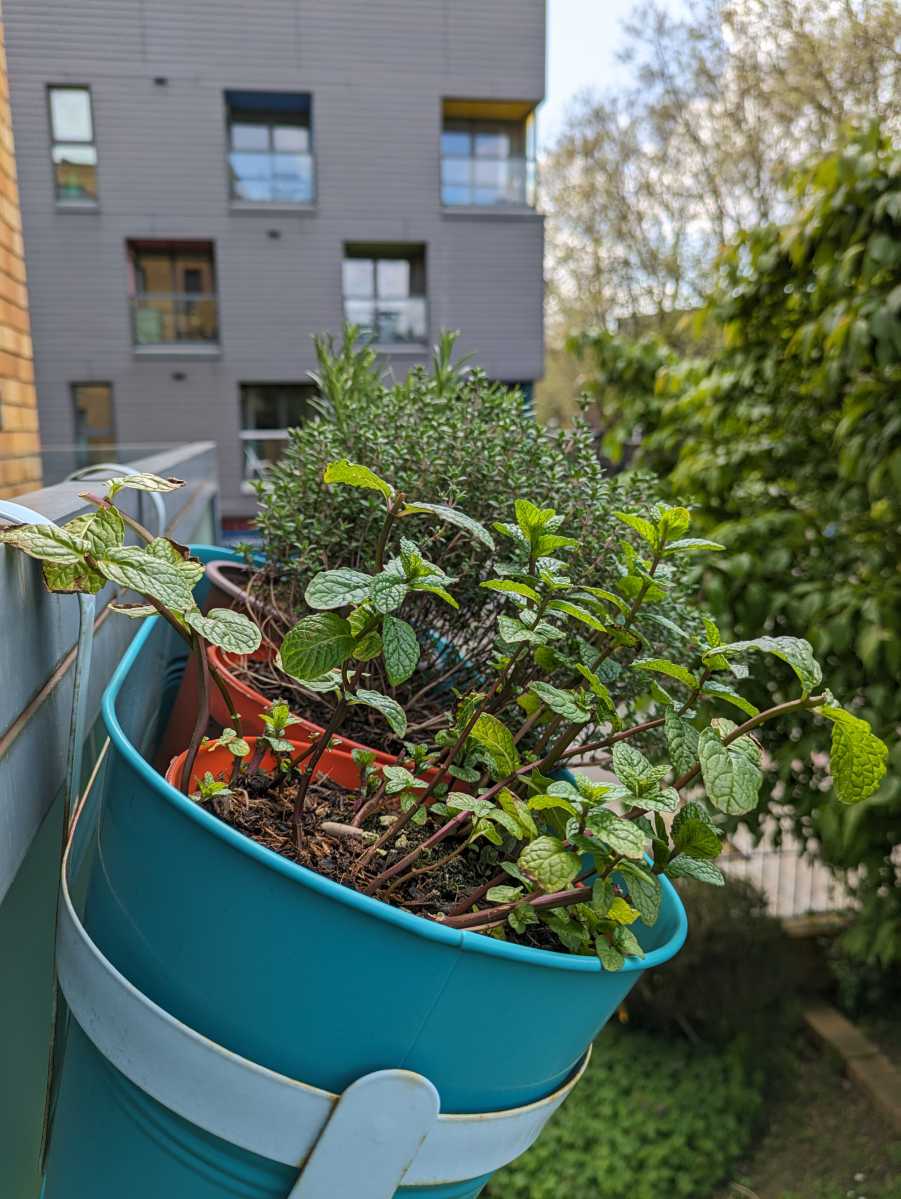
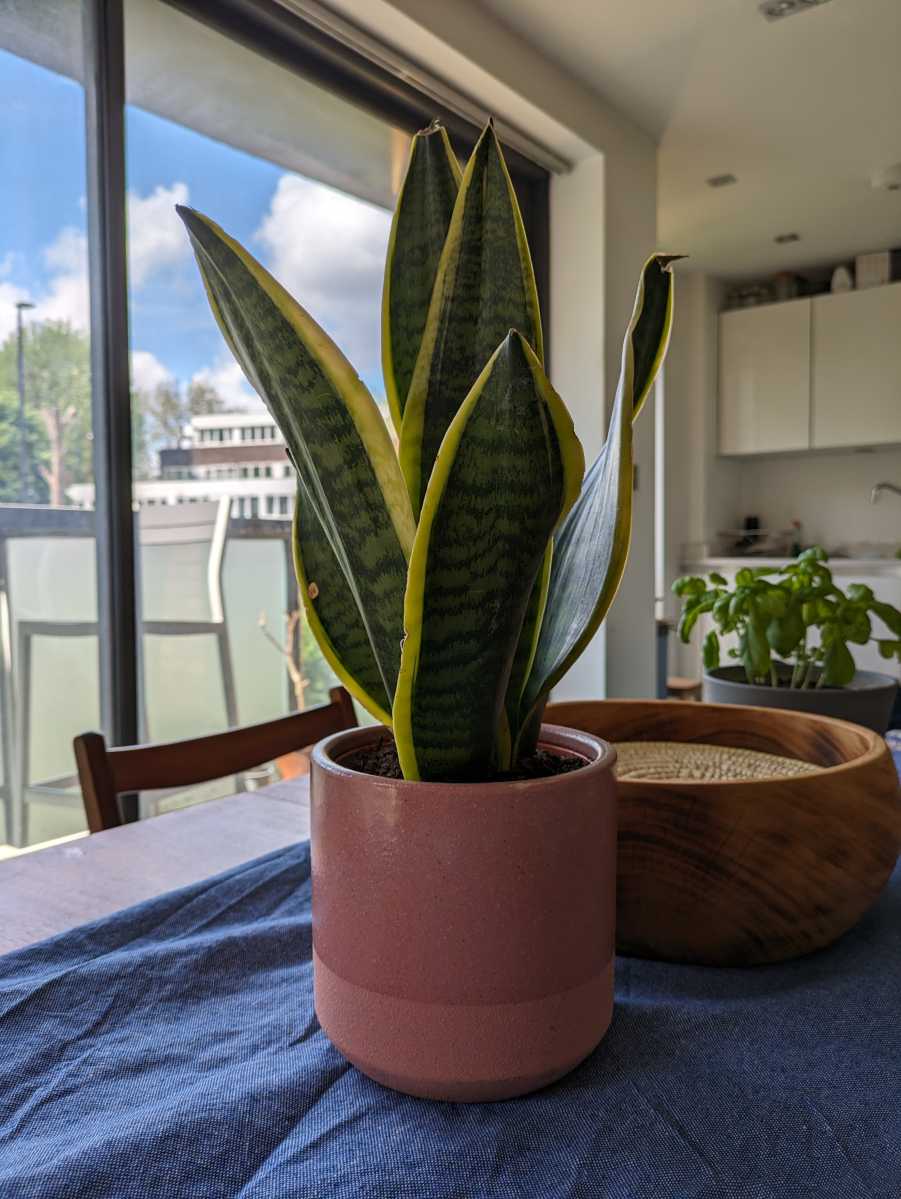



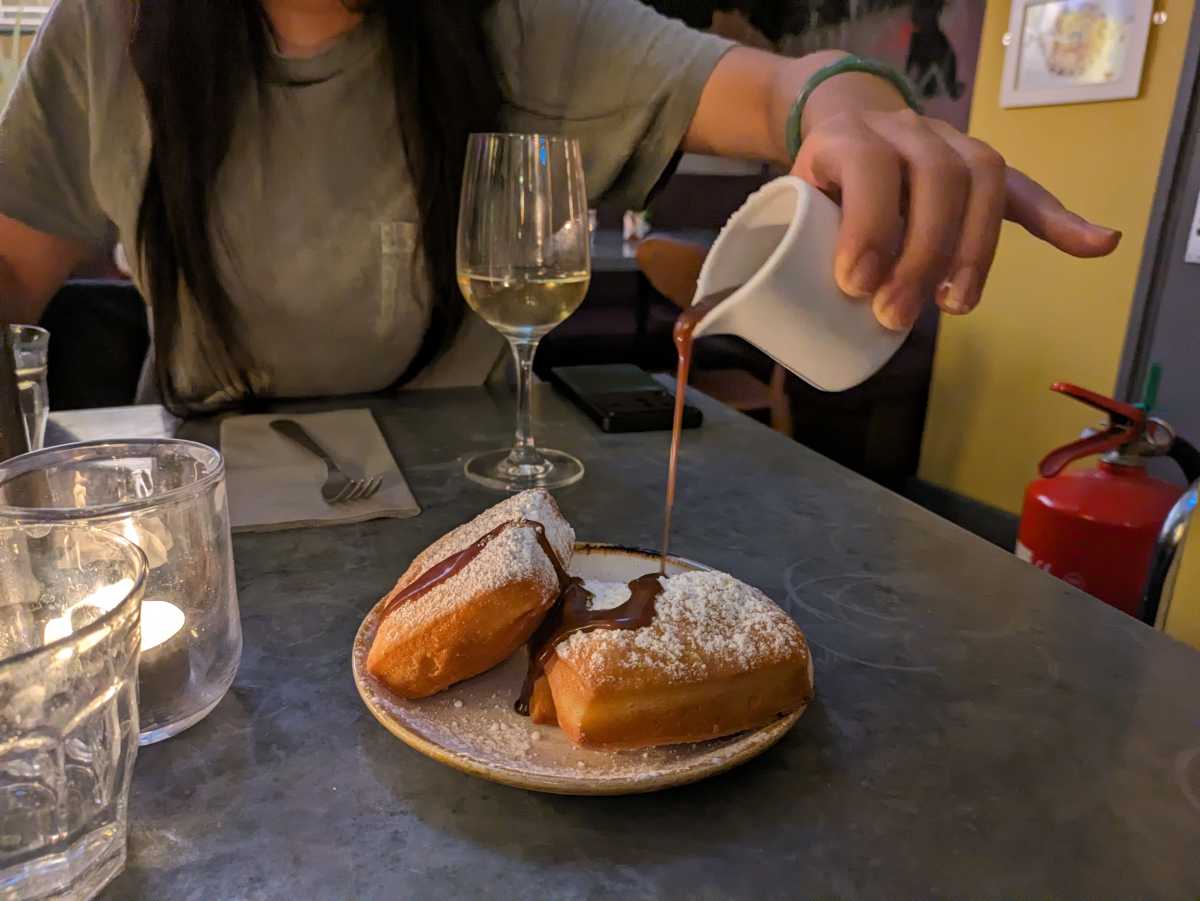
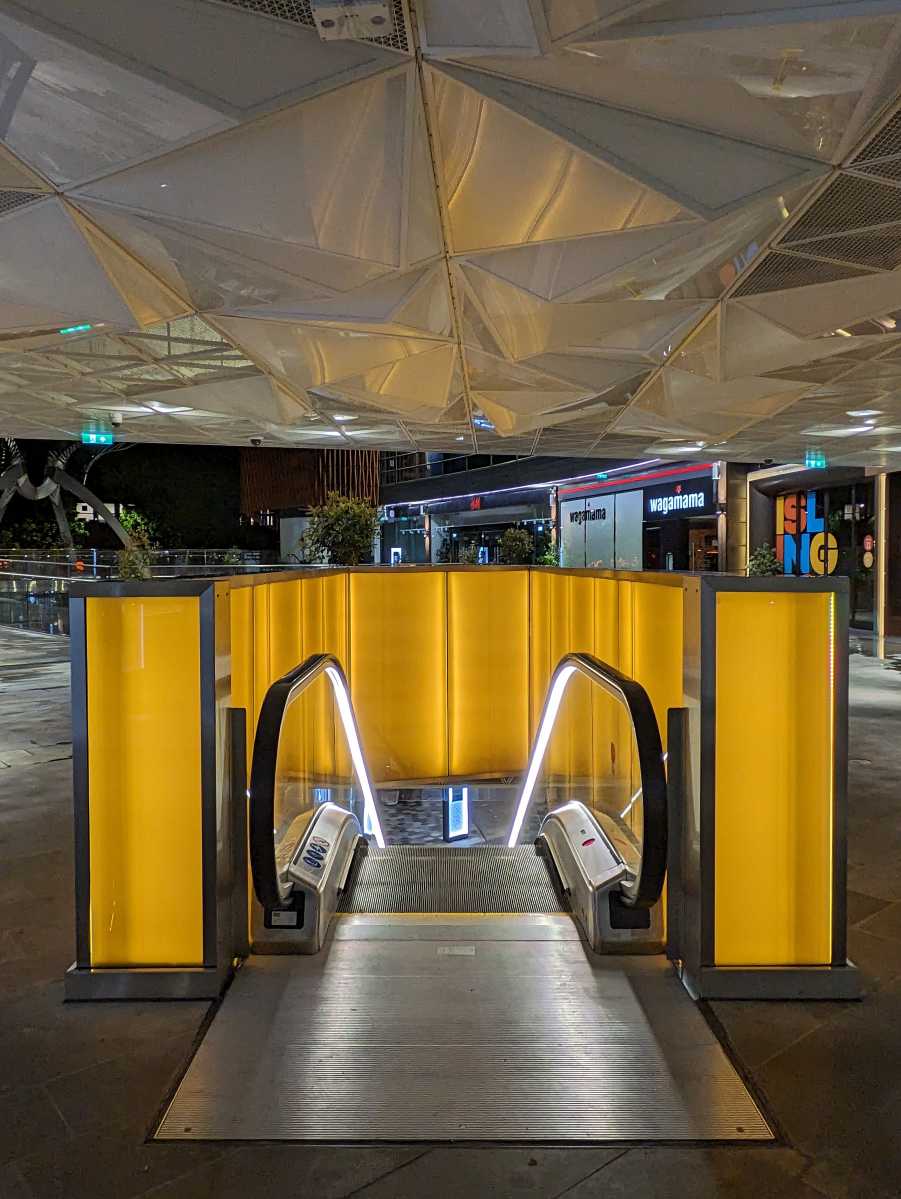
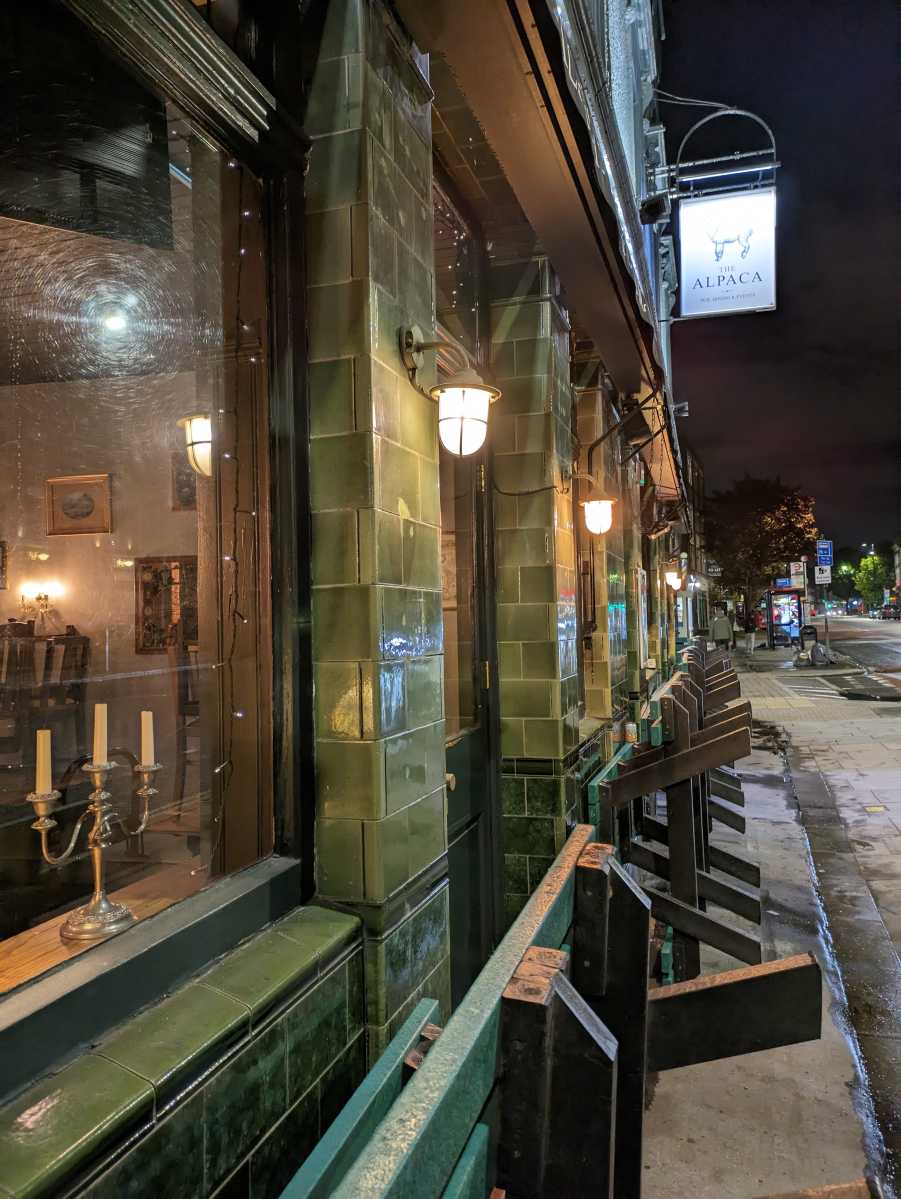
A 13Mp ultrawide lens joins the primary shooter. In daylight, it’s difficult to discern this from the primary camera, but at night, they diverge somewhat. The ultrawide isn’t horrible in and of itself, but detail suffers as the light fades, and it has a propensity to blow out streetlights and other bright areas.
There is no specialized telephoto lens here, which is not surprising given that the normal Pixel 7 lacks one as well. The camera app does, however, provide a 2x zoom option by default, and you can zoom to a maximum of 8x utilizing Google’s digital trickery off the primary lens. The results are decent but uninteresting, and even at 2x some photographs, such as my canalside graffiti snap, are unattractive.
When you flip to the front, you’ll discover another 13Mp camera for selfies. Because this is a wide lens, it can be used for both group photographs and solo selfies, and in daylight shots are excellent, with a portrait mode that is among the best available. Quality suffers substantially at night, but most flagships struggle with low-light selfies, so I wouldn’t blame Google too much.
All of your photographs will also benefit from certain Pixel-exclusive software gimmicks, such as Magic Eraser to eliminate distracting items and Unblur to, well, unblur.
Google has also offered 4K video at 30fps across all three lenses, with the primary camera capable of going up to 60fps. I’ve evaluated phones twice this price (or more) that won’t capture 4K video with the front-facing camera, so the 7a is more TikTok-ready than most.
Battery & charging
- All-day battery life
- Wired and wireless charging – but slow
- No charger in box
The 7a’s 4385mAh battery provides enough power to survive a full day of pretty ordinary use, but don’t anticipate much more.
When I go to bed most nights, the battery is far below halfway, and if I start the phone from a full charge at 8am, it will die mid-morning the next day.
In brief, there is enough battery life so you don’t have to worry about it, but you will need to charge it on a daily basis.
In theory, this should improve with time owing to the phone’s ‘Adaptive Battery’ innovation, which attempts to learn from your usage to optimize power consumption, but after only a week with the phone, I can’t say.
![]()
Charging is a mixed bag in and of itself. Google has given the 7a a significant improvement, adding 7.5W wireless charging to the 18W cable rates, a pleasant rarity for a phone at this price.
However, such speeds are poor, and keep in mind that Google does not include any charger, wired or wireless, with the phone.
Using a third-party USB-C charger, I was able to charge the phone to 20% in 15 minutes and 38% in half an hour, implying that a full charge will take an hour or two. This isn’t fast charging.
My wireless experience was much worse, with the 7a merrily topping up on one of my Qi charging pads but refusing to interact with two others and charging painfully slowly on a third. Perhaps a firmware update could cure this, but I wouldn’t put my faith in it just yet.
Software & updates
- Ships with Android 13
- Pixel software remains Android’s best
- Three OS updates promised
Unsurprisingly, the Pixel 7a ships with Android 13, Google’s most recent operating system.
This is the best-looking phone software around – yes, even compared to iOS
As a Pixel phone, it will most certainly be among the first to receive the Android 14 upgrade later this year, and Google has stated that it will also receive updates to Android 15 and 16. Security fixes will be available for at least five years, taking you until 2028 – a very respectable run for any phone.
![]()
The software on Google’s Pixel phones – which isn’t quite pure Android because it contains a few exclusives – is now comfortably the finest on any Android phone, having fended off competition from Samsung and OnePlus.
Supported by the Material With the design revamp from Android 12, this is the best-looking phone software available – yes, even when compared to iOS – and it’s easy and uncomplicated to operate.
You’ll have to put up with a few Google-isms – the branded search bar is always on your home screen, whether you want it or not – but if you’re going to purchase a Google phone anyway, chances are you won’t mind.
![]()
As a Pixel phone, it also has a few unique features that are not available on other Android handsets. I’ve previously covered a couple of the additional camera settings, but you also have access to Google’s great Recorder app, clever automated call filtering, Google Assistant dictation typing, and more, with more features introduced in the infrequent Pixel Feature Drops.
Price & availability
The Pixel 7a is available today for $499/£449/€509 direct from Google or via a number of other retailers.
That’s $50/£50/€50 more than the Pixel 6a’s initial price, but it’s still much cheaper than the $599/£599/€649 Pixel 7 – especially in the UK and Europe.
If you can afford to upgrade to the 7, the improved camera quality and luxury design may be worth it, but most people will be completely content with the 7a.
It also provides a more attractive package than any other mid-range phone on the market right now, and it almost probably has the greatest camera at this price.
Verdict
The Pixel 7a is another affordable triumph from Google, balancing a premium feature set with an affordable price point, and in the process causing some real problems for its mid-range rivals.
US buyers in particular might be tempted by the slight $100 jump up to the slicker Pixel 7, but in practice the 7a should deliver everything most people want from a phone: solid performance, reliable battery life, and an excellent main camera.
An IP67 rating and wireless charging (when it works) add to the flagship feeling, while long-term software support ensures this shouldn’t need replacing any time soon.
Right now, this is the best mid-range phone, bar none.
Specs
- 6.1in, FHD+, 90Hz OLED
- Google Tensor G2 chipset
- Google Titan M2 security chip
- 8GB RAM
- 128GB storage
- Cameras:
- 64Mp, f/1.9 main camera
- 13Mp, f/2.2 ultrawide
- 13Mp, f/2.2 selfie camera
- 4385mAh battery
- 18W wired charging
- 7.5W wireless charging
- IP67 rating
- 5G
- Android 13
- 72.9 x 152.4 x 9.0mm
- 193g

